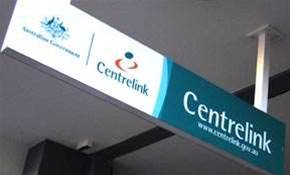The Commonwealth Ombudsman’s office has launched an own-motion investigation into automated data matching processes used by the Department of Human Services to generate as many as 20,000 debt claims a day against welfare recipients.

The system, which automatically picks out discrepancies between income recorded with the tax office and Centrelink, has been criticised for its “dragnet” approach to welfare fraud and for its high error rate.
It has been accused of leaving many welfare recipients believing they owe money to the government when they don’t, and has been slammed by Labor, independents, disability advocates and even the government’s former digital guru Paul Shetler.
The government hopes to recoup as much as $4.5 million worth of overpaid welfare each day, thanks to the automated data matching capability that went live in July 2016.
But critics say the system unfairly places the burden of correcting errors onto welfare recipients themselves, rather than the Department of Human Services.
In a statement issued this afternoon, the office of Ombudsman Colin Neave confirmed he "is aware of the concerns raised about the automated data matching system used by Centrelink”.
“Mr Neave has commenced an own-motion investigation into the matter and is considering the issues on a systemic level.
“The Ombudsman conducts own-motions in private and accordingly, cannot comment on any specific details,” the statement said.
The Ombudsman is charged with investigating complaints from members of the public who believe they have been treated unfairly by Australian government agencies, but also has the ability to launch own-motion probes into matters of public interest.
However it can only make recommendations to the government and its ministers. The Ombudsman has no power to compel an agency to take any action or override their decisions.




_(20).jpg&h=140&w=231&c=1&s=0)
.png&h=140&w=231&c=1&s=0)



_(26).jpg&w=100&c=1&s=0)

 iTnews Executive Retreat - Security Leaders Edition
iTnews Executive Retreat - Security Leaders Edition











_(1).jpg&h=140&w=231&c=1&s=0)



